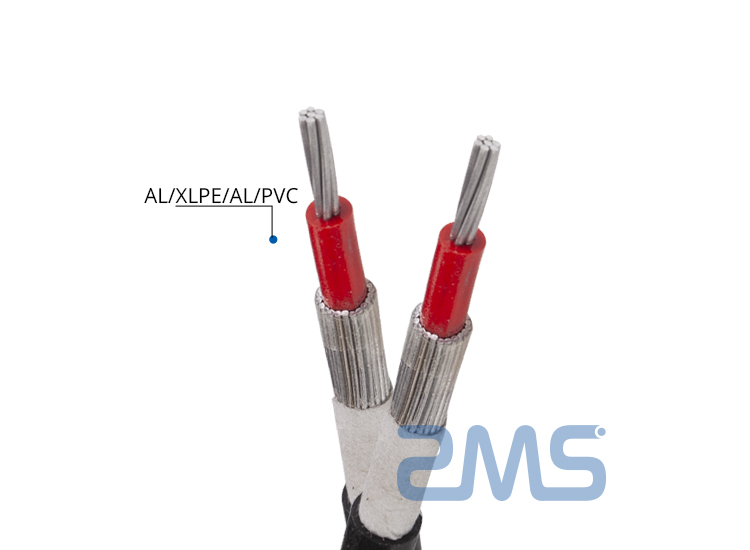 Structure and importance of coaxial cables
Structure and importance of coaxial cables
There's a lot to learn about cables. Before we go too far, we need to look at the parts of a cable and why they're important.
Center Conductor
The center conductor, marked "D" in the above photo, carries all the voltage on a cable. It interacts with the other parts of the cable to form a complete system. Center conductors can be solid copper or copper-coated steel. Solid copper is only important for cables that carry voltage because of something called the skin effect RF transmissions like antenna or satellite signals don't go all the way through the cable, they just dance around on the outside.
Dielectric
The dielectric, marked "C" in the above photo, is a critical part of the cable. It does more than just keep the center conductor from touching the outside shield. It's a working part of the system because it's made of a material that polarizes when voltage comes in contact with it. This property, known as the dielectric constant, and the thickness of the material itself determine how far away the shield must be from the center conductor.
The dielectric constant describes how well a material gets polarized, and because polarized materials are better insulators than non-polarized ones, it indirectly describes how good an insulator any material will be.
Shield
The shield is the outer layer of metal, marked "B" in the picture above. In RG-59 cables, only a single shield is required, that is to say, one layer of metal. Most RG-6 cables use a double shield, usually a solid sheet and a braided outer layer. Heavy duty cables use a quad shield, a sandwich of solid, braid, solid, braid that provides the most strength and protection.
The shield provides a ground path for the wire as well as a basic level of protection. Properly built braids can add strength to a cable while keeping flexibility, and can actually provide better protection from stray magnetic fields than the thinner foil layer.
Jacket
The jacket, marked "A" in the picture above, adds structural rigidity to the cable as well as protection from the elements.